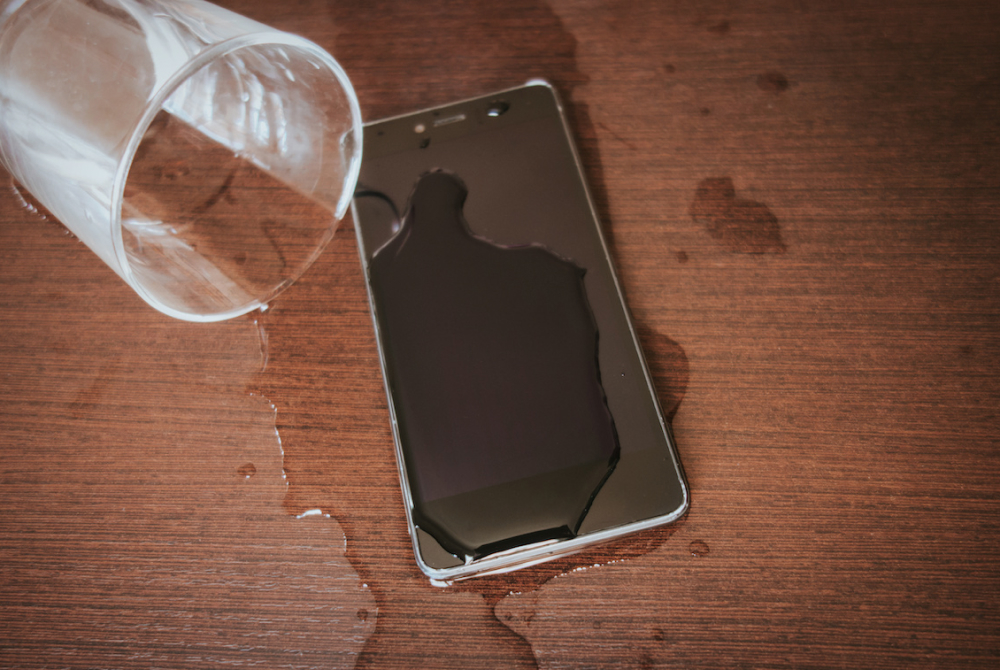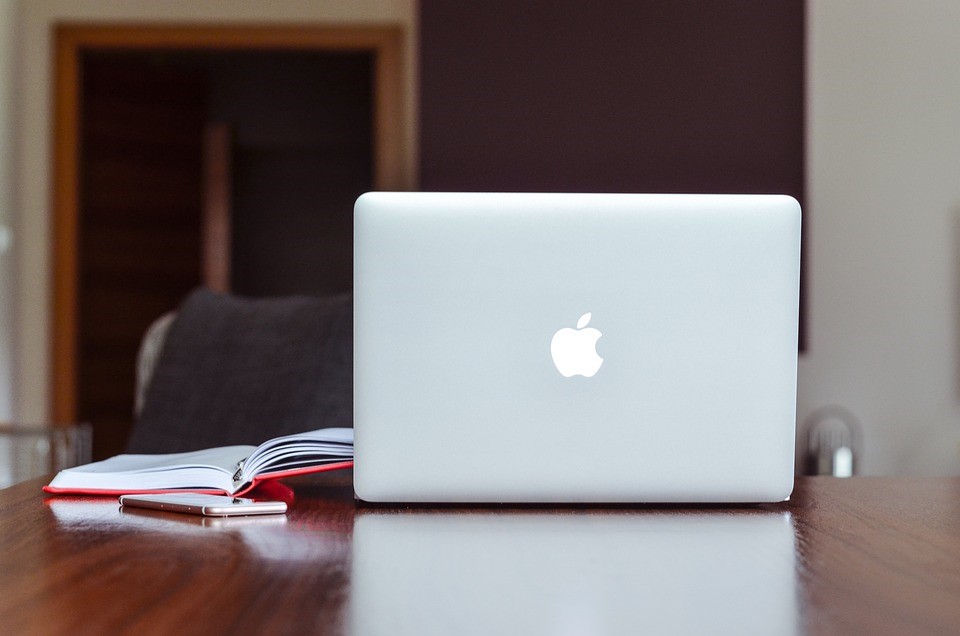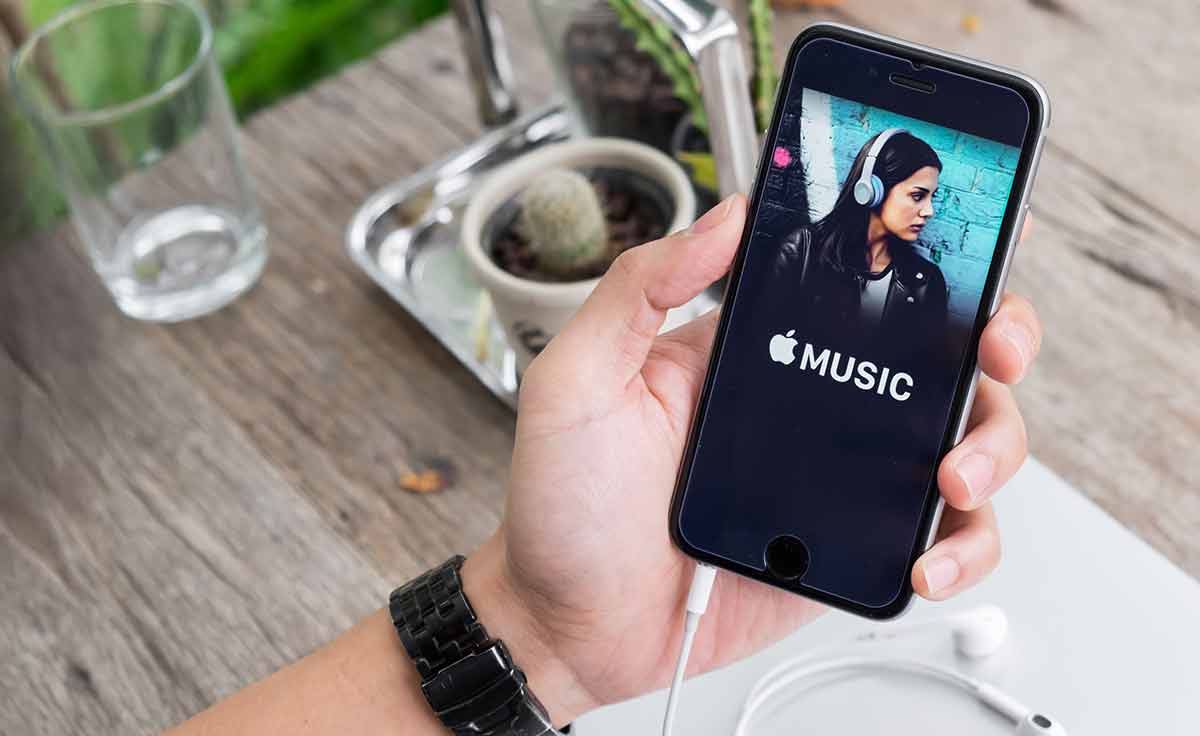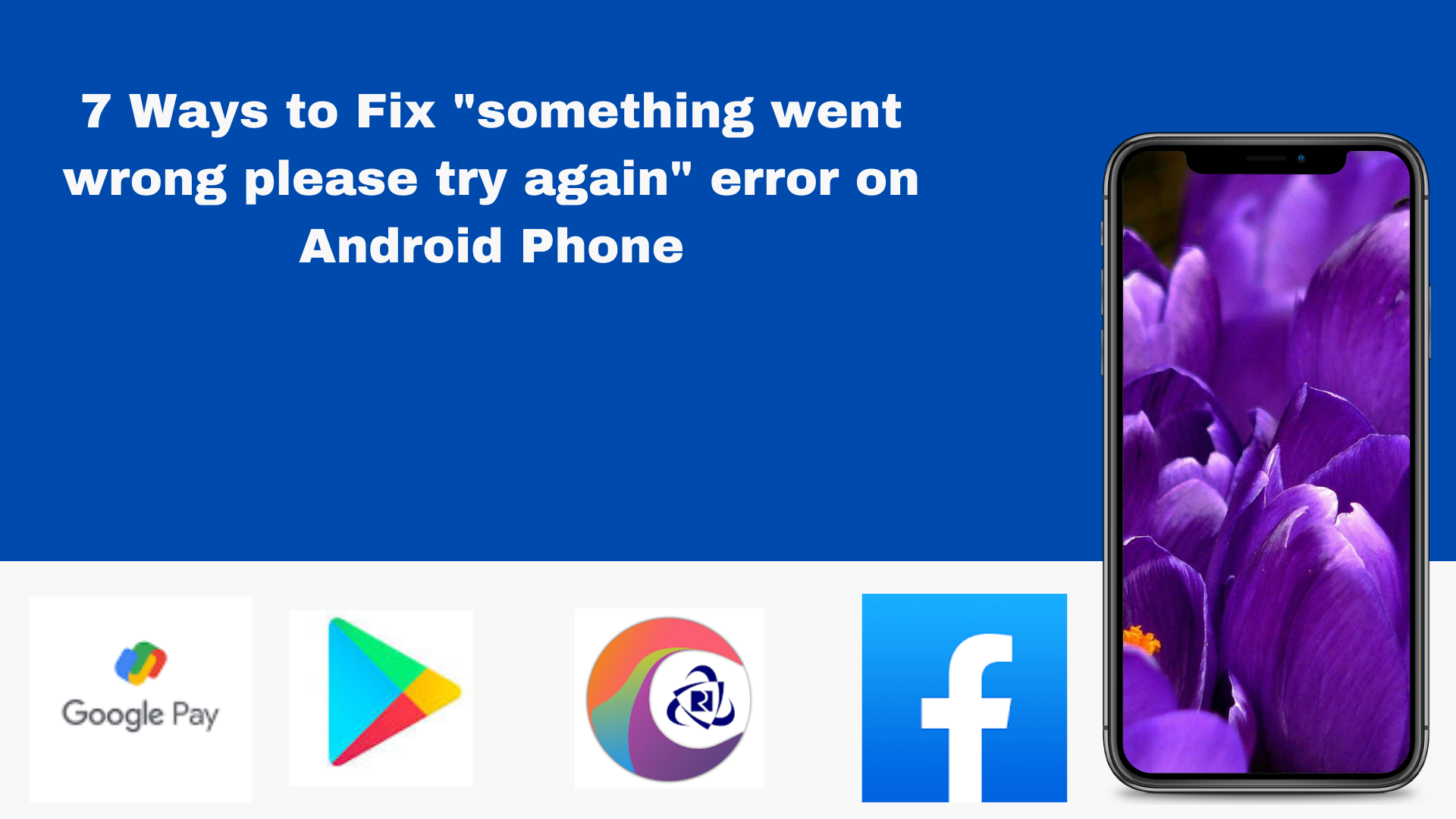Have you ever accidentally dropped your phone in water or spilled liquid over it? Don’t worry, it happens to the best of us. While most smartphones today are designed to be water-resistant, they are not completely immune to water damage, especially when it comes to the charging port.
In this comprehensive guide, we will explore the safest methods to remove water from your phone’s charging port. We’ll also debunk common myths and provide you with actionable steps to prevent and address water damage effectively. So, if you’ve found yourself in a watery situation with your phone, read on to discover the best practices for protecting your device.
Is it Safe to Charge Your Phone While it’s Wet?
Before we dive into the methods of removing water from your phone’s charging port, it’s important to understand why charging a wet phone can be risky. Attempting to charge a wet phone can lead to unintended consequences, such as damaging the pins inside the charging port and the charging cable. In some cases, it may even cause the device and its accessories to malfunction.
Charging a wet phone can also pose a safety hazard, as it increases the risk of electric shocks. Therefore, it is strongly advised against charging your phone while it is still wet.
If you have already made the mistake of charging your wet phone, check its IP rating. IP rating, or “Ingress Protection,” indicates a device’s level of protection against dust and water. It is represented by two digits, such as IP68 or IP66, with the first digit representing dust protection and the second digit representing water protection.
For example, if your phone has an IP68 rating, it means it is completely protected against dust and can withstand immersion in water. Both the Samsung Galaxy S22 series and the iPhone 13 are IP68 rated. If your phone has a high IP rating and was only slightly wet, you can continue using it without charging until the charging port is completely dry.
First Aid to Prevent Water Damage
If you find yourself in a situation where your phone has come into contact with water, it’s important to take immediate action to prevent water damage. Here are some essential first aid steps to follow:
- Quick Turn-Off: Turn off your phone as quickly as possible to prevent any further damage. This will help minimize the risk of short circuits and other electrical issues.
- Remove Accessories: Remove any accessories attached to your phone, such as the charger, earphones, and phone cover. This will allow better airflow and prevent any moisture from being trapped.
- Upright Position: Hold your phone in an upright position to prevent water from seeping further into the device. This will help minimize the chances of water reaching sensitive internal components.
By following these first aid steps, you can significantly reduce the risk of water damage to your phone. Now, let’s move on to the methods for safely removing water from the charging port.
How to Remove Water From The Charging Port: Android/iPhone Users
When it comes to removing water from your phone’s charging port, it’s crucial to proceed with caution and avoid methods that can potentially cause more harm than good. Here are some safe and effective solutions to remove water from the charging port of both Android and iPhone devices:
Remove Moisture
The first step is to remove any visible moisture from the surface of the charging port. You can use a soft cotton cloth or towel to gently rub the port inwards and soak up as much moisture as possible. Avoid using excessive force, as it can damage the port or push more water inside. Allow your phone to air dry in an upright position for at least half an hour to let any remaining moisture evaporate naturally.
Let it Evaporate
Believe it or not, the most effective way to dry your phone is to let it air dry until the moisture evaporates naturally. Place your phone in an upright position in a well-ventilated area. The trapped moisture inside the charging port should evaporate on its own within a few hours. Avoid using any heat sources, such as hair dryers, as they can potentially damage the internal components of your phone.
Use a Wireless Charger
If your phone still doesn’t charge with a charging cable after trying the above methods, you can try using a wireless charger. Make sure your phone is completely dry before placing it on the wireless charger. This method allows you to charge your phone without directly connecting it to the charging port, reducing the risk of further water damage.
Contact Customer Service
If none of the above methods work and you are certain that the charging port has been damaged, it may be time to contact customer service for further assistance. Android users can visit the official website of their device’s manufacturer and navigate to the support page for guidance. iPhone users can visit the Apple Support page on the Apple website or consider visiting a local service center for professional help.
By following these methods, you can safely remove water from your phone’s charging port and minimize the risk of water damage. However, it’s important to be aware of common misconceptions and myths surrounding water damage and avoid methods that can potentially cause more harm than good.
What Not to Do
When it comes to drying a water-damaged phone, there are several popular methods that are believed to be effective but can actually cause more harm than good. Let’s debunk some of these myths and clarify what not to do when attempting to remove water from your phone’s charging port:
- Dry in The Sun: While it may seem logical to dry your phone in the sun, prolonged exposure to sunlight can actually cause permanent damage to your device. High temperatures can lead to overheating, which can damage internal components and even cause the screen to crack or become unresponsive.
- Dry Rice: The old myth of placing your phone in a jar of rice to absorb moisture is not recommended. Rice can leave fine dust particles inside the charging port, potentially causing more problems. Instead, consider using silica gel packs to absorb moisture.
- Cotton Swab: Inserting a cotton swab or any other object into the charging port is not advisable, as it can push water further inside or damage the port’s connection points.
- Paper Towel: Inserting a paper towel into a wet port can make the towel wet and potentially leave behind tiny paper particles, making it difficult to clean the charging port.
- Vacuum: While using a vacuum hose may help remove some water, the high air pressure can potentially damage internal parts of the phone. Additionally, a vacuum hose cannot effectively remove liquid dirt from the charging port.
- Hair Dryer: Using a hair dryer, even on cool settings, is not recommended. The heat from the hair dryer can damage sensitive components of the phone, such as the screen, battery, and seals. It can also create condensation inside the device, leading to further damage.
- Letting Your Phone Sit: Allowing your phone to sit while wet can lead to corrosion, a slow damage process that affects the internal parts of electronic devices. Corrosion buildup can occur over time and may require costly repairs.
- Shaking the Phone: Shaking or swinging your phone will not help dry the charging port. In fact, it can potentially push water further inside and cause more damage.
- Toothpick: Inserting a toothpick or any sharp object into the charging port can damage the port’s connection points and potentially worsen the water damage.
By avoiding these common myths and misconceptions, you can prevent further damage to your phone and increase the chances of successful water removal from the charging port.
Signs of Water Damage: When It’s Too Late
Despite your best efforts, there may be instances when water damage has already occurred. It’s important to recognize the signs of water damage so that you can take appropriate action. Here are some common indications that your phone has suffered water damage beyond the charging port:
- Corrosion: If you notice signs of corrosion around the charging port, such as rust or discoloration, it indicates that water has reached the internal components. Corrosion can cause permanent damage and should be addressed by a professional.
- Phone Doesn’t Power On: If your phone fails to power on, even after it has been thoroughly dried, it suggests that water has infiltrated the internal parts of the device.
- Overheating: A water-damaged phone may experience excessive heat, particularly in the battery area. This is a sign of potential damage and should be taken seriously.
- Speaker or Microphone Issues: Water damage can cause problems with the phone’s speakers or microphone. If you notice issues with sound quality or functionality, it is likely due to water damage.
- Foggy Screen: If water droplets or fog form underneath the phone’s screen, it is a clear sign of water damage. This can affect the display and touch-screen responsiveness.
- SIM Card Recognition Problems: In severe cases of water damage, the phone may fail to recognize SIM cards. If your phone consistently fails to recognize SIM cards, it’s time to seek professional assistance.
If you observe any of these signs, it’s important to take immediate action. Contact customer service or visit a professional repair center to assess the extent of the damage and explore potential solutions.
How to Determine if Your Phone is Completely Dry
After following the recommended steps to remove water from your phone’s charging port, you may wonder how to ensure it is completely dry. Here are some indicators that your phone is fully dry:
- Absence of Moisture: If you no longer see any moisture on the surface of the charging port or receive liquid detection alerts, it is a good indication that your phone is dry.
- No Glitches: If your phone functions without any glitches or malfunctions, it suggests that it is dry and free from water damage.
However, it’s essential to inspect the charging port for any obstructions, such as dirt or debris, that may be triggering false alarms. If you find any obstructions, use cool air to blow them away gently. If the charging port appears clean and dry, but you still experience issues, it is advisable to consult customer service for further assistance.
How to Fix False Liquid Detection Alerts: Android/iPhone Users
Sometimes, your phone may display false moisture detection alerts, even when the charging port is completely dry. Fortunately, there are several steps you can take to resolve this issue:
- Disable Moisture Alert: If you are certain that the charging port is dry, you can disable the moisture detection alert from the settings. Go to the settings menu, navigate to the battery usage section, select “Recent Battery Usage,” choose “Android System,” and force stop the app.
- Power Cycling: Power cycling, or simply turning off and on your phone, can often resolve various issues. Try turning off your phone for 1-2 minutes and then power it back on.
- Update Your Device: Check for any software updates available for your device. Updating the operating system can fix minor bugs, including false liquid detection alerts.
- Replace the Charging Cable: If the false alerts persist, check the charging cable for any signs of damage or moisture. Consider replacing the cable to stop the false alerts.
- Restart Your Phone in Safe Mode: If power cycling doesn’t resolve the issue, you can try restarting your phone in safe mode. This mode disables third-party apps and allows you to troubleshoot software-related issues.
- For Android Users: Switch off your phone, then long-press the power button until a pop-up notification appears. Select “Confirm Reboot in Safe Mode” and proceed.
- For iPhone Users: Switch off your iPhone for 30 seconds, then turn it on. While it’s turning on, press and hold the side button until you see the Apple logo. This will boot your iPhone into safe mode.
- Inspect for Rust Inside the Charging Port: Use a flashlight to check for any signs of rust or small particles stuck inside the charging port. However, avoid inserting any sharp objects, as this can cause further damage.
- Consider a Full Factory Reset: If all else fails, you may need to perform a full factory reset. Keep in mind that this will erase all data on your phone, so it’s essential to back up your data beforehand. Perform a factory reset through the settings menu, but note that the process may vary depending on your device’s brand and model.
- Repair or Replace the Charging Port: If none of the above solutions work, it may be necessary to repair or replace the charging port. Visit a nearby walk-in service center or a local repair shop to assess the port’s condition and explore repair options.
By following these steps, you can address false liquid detection alerts and potentially resolve any lingering issues caused by water damage.
Conclusion
Water damage to your phone’s charging port can be a frustrating experience, but by following the right steps, you can effectively remove water and prevent further damage. Remember, water-resistant smartphones are not completely waterproof, and it’s crucial to take precautions and avoid charging your phone while it’s still wet.
By gently removing moisture, allowing your phone to air dry naturally, and avoiding common myths and misconceptions, you can increase the chances of saving your device from water damage. However, if you encounter signs of water damage or persisting issues, it’s best to seek professional assistance.
With the knowledge and actionable steps provided in this guide, you can confidently handle water-related incidents and protect your phone’s charging port from potential damage. Stay informed, take precautionary measures, and enjoy your device with peace of mind.







